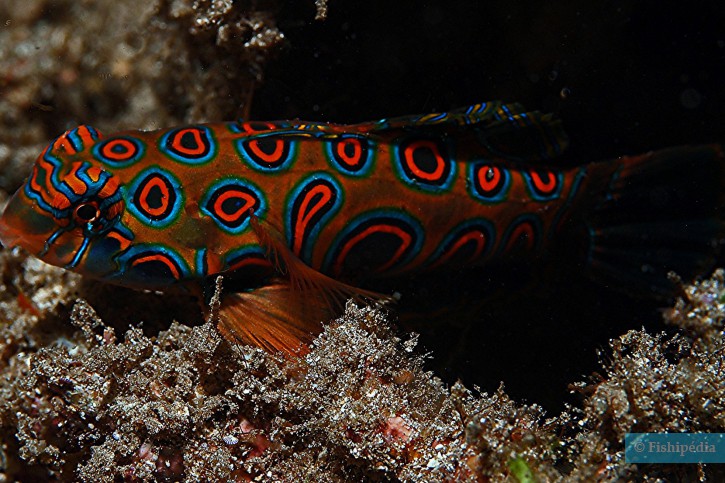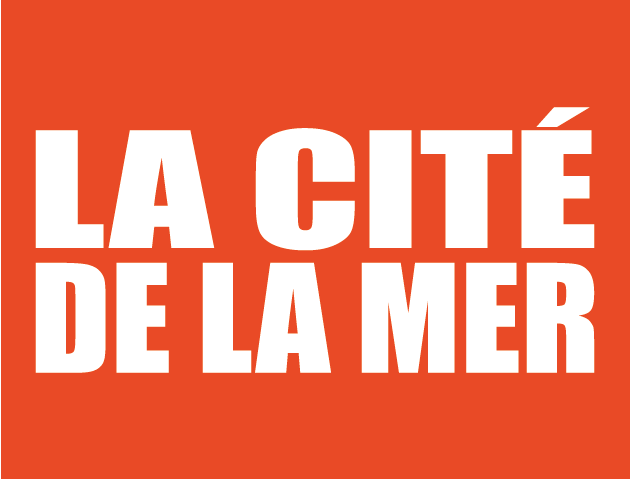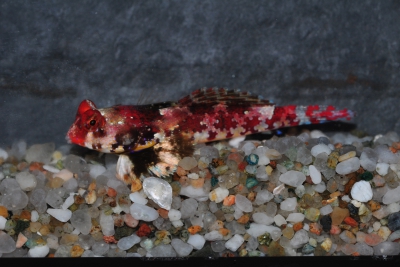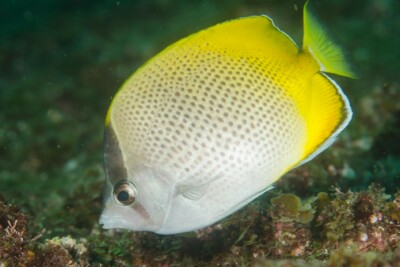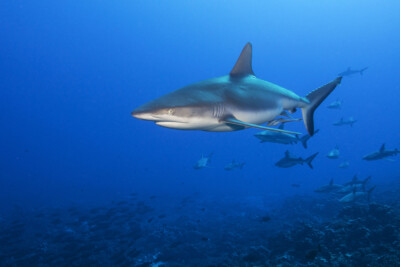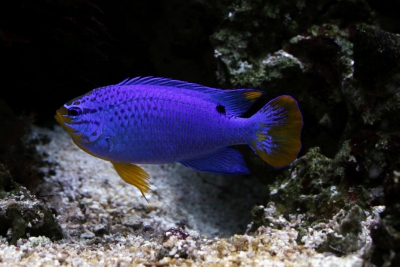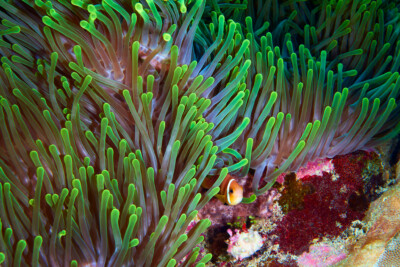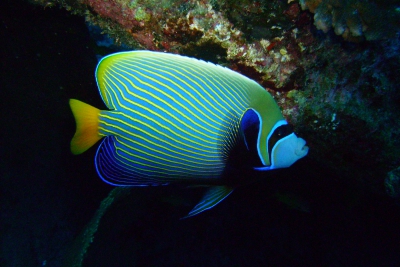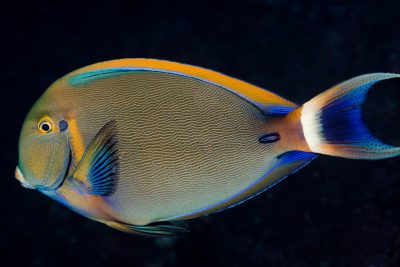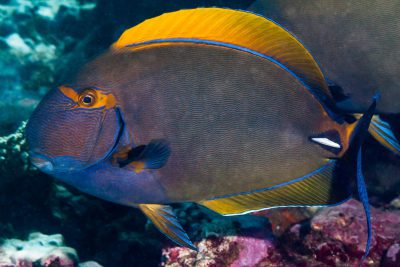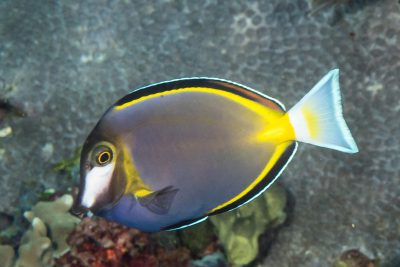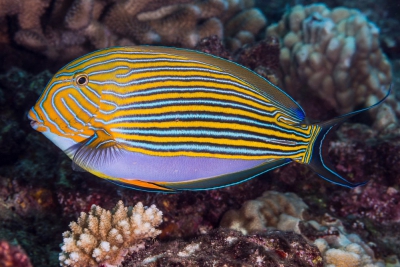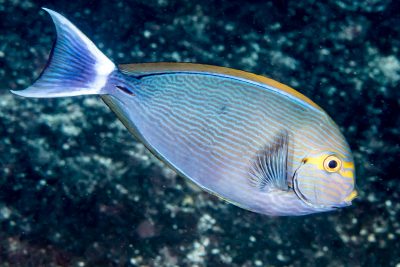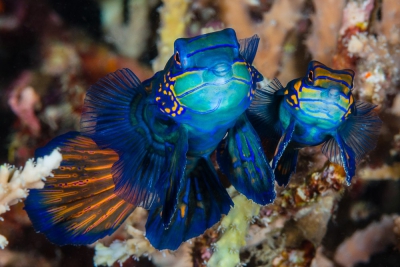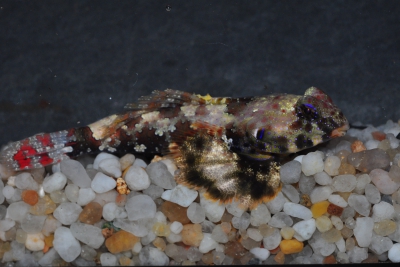picturesque dragonet
| Family | Callionymidae |
|---|---|
| Genus | Synchiropus |
| IUCN category (World) | LC |


Introduction
Synchiropus picturatus, commonly known as the picturesque dragonet, is a tropical fish native to the waters of Indonesia and surrounding areas.
Who is it?
Morphology
-
Average size6 cm
-
Maximum size8 cm
-
Longevity5 year
-
Patterntasks
-
Average size6 cm
-
Maximum size8 cm
-
Longevity5 year
-
Patterntasks
How to recognize This fish ?
The picturesque dragonet is multicolored with a body mainly green, orange, and black. This species also has green to brown colored spots.
Sexual dimorphism
Females have a more rounded abdomen than males, they are generally stockier.
Behaviour & Life cycle
-
dietcarnivorous
-
Sociabilityliving as a couple or alone
-
territorialYes
-
Way of livingdiurnal
The picturesque dragonet is a fish living in pairs or solitary that naturally resides close to the bottom. It is a species with a calm temperament.
Although slightly territorial, the picturesque dragonet remains a rather peaceful fish that generally behaves peacefully towards other species.
Reproduction
-
Reproductionovipare qui pond en eau libre
The picturesque dragonet is an oviparous fish that lays eggs in open water.
Harmless species
This species does not represent any particular threats to humans when encountered in its natural environment.
Origin and distribution
What is its habitat?
Natural environment characteristics
-
Temperature24 - 28 °C
-
Depth0 - 0 m
-
FlowStrong
Biotope presentation
The substrate is usually made up of sand and rocks.
Species of the same biotope
Main recommendations for fishkeeping
Deontology
In order to preserve wildlife, if you acquire this animal, it must not be released into the wild. See also, the Fishipedia charter.
Fishipedia supports the practice of responsible and environmentally friendly aquarium keeping. We encourage maintenance if it is motivated by a desire to understand the biological functioning of living things and if it is done with respect for animal life.
We believe that aquaristics is an opening to the discovery of aquatic environments, especially freshwater, and that this knowledge is necessary to better protect and respect these environments. Logically, we refute the compulsive purchase of animals that would not find a sufficient and / or adapted place in the host aquarium.
Our recommendations
-
Min volume100 liters
-
Population minnot specified
-
Temperature24 - 28 °C
-
pH (acidity)8.2 - 8.4
Characteristics
-
Difficulty breedinghard
-
Robustnesstolerant
-
Behaviourpeaceful
-
Availabilitystandard
General reminders
It is strongly advised to read the complete dedicated file and to get information on the feedbacks of maintenance of the envisaged animal, this to avoid any potential conflict whose end result is generally the death of the individual (or the other inhabitants). It is important not to overload your aquarium to limit pollution. This will make maintenance easier.
General reminder on maintenance datas
Le démarrage d'un aquarium est une partie primordiale pour l'équilibre et le bien-être des poissons. Lorsque l'on met en eau un aquarium, l'eau passe naturellement par un cycle biologique : le cycle de l'azote. Celui-ci dure environ trois semaines. Tous les 2 jours, nous vous conseillons de tester votre eau jusqu'à ce que le taux de nitrite soit à zéro pendant plusieurs jours d'affilée.
Pour accélérer ce cycle, vous pouvez utiliser un activateur de bactéries comme JBL Denitrol. Cette solution riche en bactéries vivantes et enzymes permet une mise en place rapide du cycle de l'azote. Les poissons peuvent alors être introduits plus rapidement.
Il est important de tester l'eau de son aquarium régulièrement pour maintenir un environnement sain pour les poissons et les autres habitants. Les tests d'eau permettent de mesurer les niveaux de différents paramètres tels que le pH, la dureté totale, ainsi que les taux de nitrates, de nitrites et d'ammoniaque.
Pour réaliser ces tests, vous pouvez utiliser des produits d'analyse spécialisés tels que JBL ProScan qui permet de réaliser un diagnostic de l'eau directement via un smartphone. Il existe également des coffrets de tests plus classiques de bandelettes, comme JBL PROAQUATEST.
En cas d’usage de l’eau du robinet, vous pouvez utiliser un conditionneur d’eau de type Biotopol de JBL pour éliminer les substances nocives comme le chlore, le cuivre, le plomb et le zinc. Une eau trop dure ou trop calcaire peut être inadaptée à de nombreuses espèces tropicales d’eau douce. Si nécessaire, vous pouvez la couper avec de l’eau osmosée ou de pluie filtrée afin d’obtenir une dureté plus adaptée aux besoins de vos poissons et de vos plantes. Les conditionneurs d'eau garantissent une meilleure santé aux poissons et une meilleure croissance des plantes.
Chlorine and chloramine are dangerous for the health of animals. Used to disinfect water, these agents are present in significant quantities in tap water. We recommend using an anti-chlorine agent every time you change the water. In addition to chlorine, treatments and medicines sold for aquarium use sometimes contain dangerous heavy metals in high doses.
Specific needs for the picturesque dragonet
The picturesque dragonet is a marine species which lives naturally at a temperature between 24 °C and 28 °C. Nitrate levels should remain below 50mg/L. To keep the water clean and unpolluted, plan on changing 20% to 30% of the water volume each month. In seawater, it is also possible to remove nitrates using one of the following methods: Jaubert, denitrator on sulfur, biopeletts, vodka method.
The picturesque dragonet is a species whose maintenance is rather reserved for informed aquarists . It can only be successfully carried out by carrying out a minimum of documentation work. Special husbandry conditions can easily lead to the death of the species or other animals.
Cohabitation & Environment
In a community aquarium context, this species should be kept in a minimum volume of 100 liters.
Fearful by nature, it is advised not to let the picturesque dragonet cohabit with large territorial species or with too aggressive fish. It can easily evolve with territorial neighbors with a peaceful temperament or with non-territorial species.
Be careful to plan an adequate space for each territorial species. Each species should have a surface and a decor allowing it to juxtapose its territory with that of its neighbors.
The males of this species do not support each other, the maintenance of several of them in the same tank is strongly disadvised.
As previously said, The picturesque dragonet is a species that lives naturally in the current. Thus, we advise the installation of an oversized filtration system (10 to 20 times the volume of the tank) in order to guarantee a strong current and especially a strong oxygenation. A venturi system will improve the dissolved oxygen rate during summer.
Tips for feeding
The picturesque dragonet is carnivorous.
This species does not appreciate being fed with freeze-dried food (flakes...). Some specimens will never eat this type of food.
Feed animals in moderation to maintain good water quality. Meals should be eaten within 2–3 minutes, served in several small portions rather than a single large ration.
Uneaten food quickly decomposes, releasing ammonia, nitrites, and nitrates, which disturb the aquarium’s biological balance.
Make sure each species can access food properly, slower or bottom-dwelling individuals may require targeted feeding.Reproduction protocol
-
Maintenance difficultyhard
-
egg-laying protectionNo
Hybridization risks
In general, it is advised not to mix several species of the same genus or different varieties of the same species, to avoid the risks of hybridization.
These animals might interest you
To go further
Sources & Contributions
Participation & Validation
The Fishipedia team and specialist contributors are committed to providing high-quality content. However, although the information comes from scientific sources or testimonials from specialists, the cards may contain inaccuracies.

Adrien Falzon
Translation
Translation done with the valuable contribution of our translators, who make this information available to a wider audience. We sincerely thank them for their commitment.
Scientific partners
Same genus
Species of the same biotope




